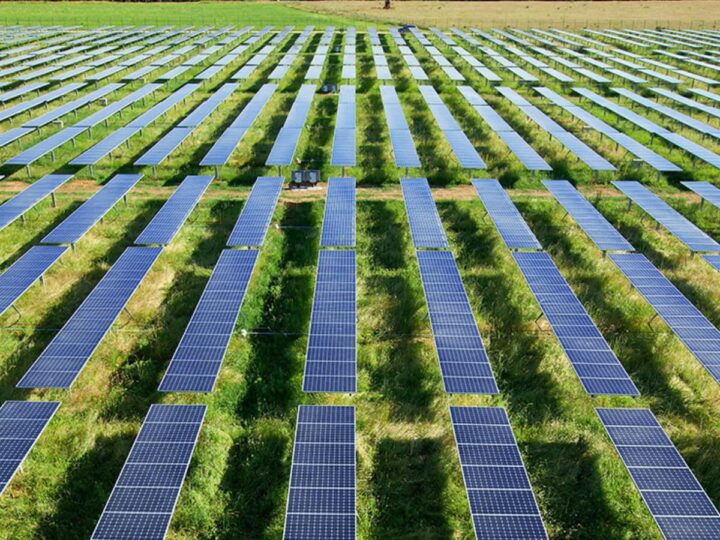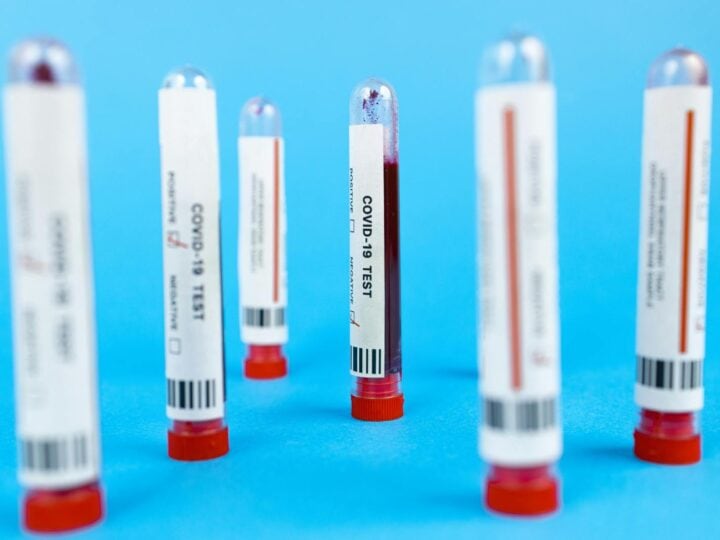Like a beach umbrella in the sand, could a humongous space blanket strategically situated between Earth and sun block enough solar radiation to cool our planet a degree or two?
Particle physicist Prof. Yoram Rozen, director of the Asher Space Research Institute at the Technion-Israel Institute of Technology, plans for his team to build a working model to prove the feasibility of this audacious concept.
Rozen reasons that a giant sunshade of Mylar or a similar material could effectively counter the temperature-rising effect of excess greenhouse gases like carbon dioxide (CO2) trapping too much solar radiation in the atmosphere.
Once he finds funding for his Cool Earth proof-of-concept, it could be launch-ready within three to four years.
Perhaps Rozen’s project being featured in The New York Times will inspire environmental organizations to donate toward the estimated $20 million cost of Cool Earth.
White paint won’t do it
“The Earth lives in thermodynamic balance with the sun,” Rozen explains.
“Solar radiation heats the Earth, and the Earth has to cool itself by radiating back to achieve a balance. The problem is that there are too many greenhouse gases preventing the radiation from escaping the atmosphere and therefore the Earth’s temperature is rising.”
One solution is carbon capture, removing some of the excess CO2. “But that’s not easily done and we are talking about huge amounts,” Rozen tells ISRAEL21c.
“Another solution is to paint the planet white to increase Earth’s reflectivity. But it’s not so easy just to paint everything white. It doesn’t work this way.”
The space-blanket idea belongs to a third bucket of solutions that approach the problem from the other direction.
“Since we are limited in our ability to help Earth radiate, let’s try not to have as much solar radiation heating it so the need for cooling will be relieved a bit. That’s the approach we are working on,” says Rozen.
Start the engine
A massive sunshade could made the Earth’s temperature drop by 1.5 degrees Celsius in a year or so.
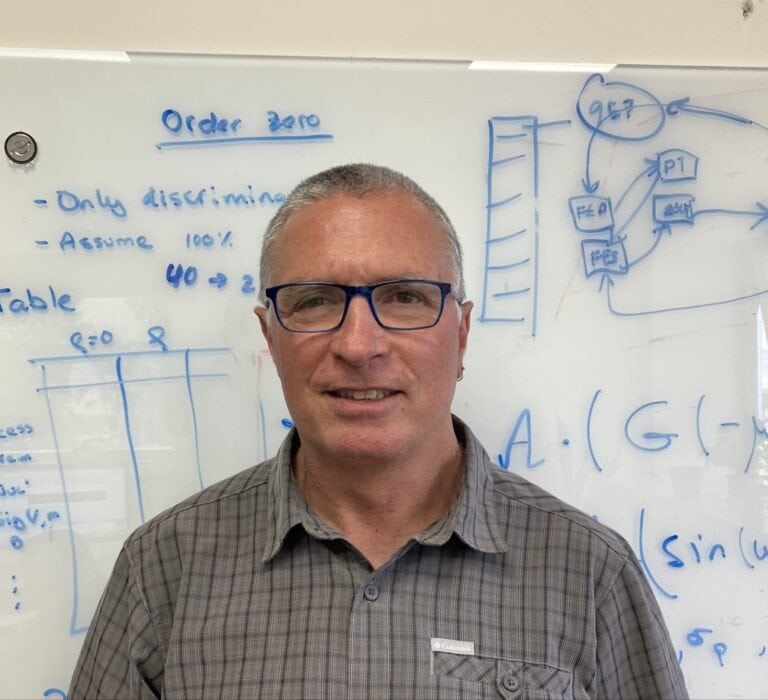
It won’t free us from the effects of climate change, Rozen admits.
“Even if today we would stop all pollution completely, things are not going to get better. We will be stuck with this current temperature and associated catastrophes. There will still be cows emitting methane and vehicles emitting CO2. If we are very good at reducing pollution, we can reduce the rate at which we’re heating — but we will still heat up.”
Nevertheless, Rozen’s shading solution could make us more comfortable.
“Cool Earth is the small version of a bigger global solution. We will send a miniature version of this huge parasol/sail/blanket/umbrella — whatever you want to call it — as a technological demonstrator to show it’s possible,” says Rozen.
“Then, maybe, people can pick up and do the global solution. We want to start the engine.”
The Cool Earth demonstrator, planned to span a modest 100 square feet, won’t make a dent in global warming, of course.
“To really reduce the temperature we need about 2.5 million square kilometers of material, which is roughly a million square miles — the size of Argentina or Algeria,” Rozen says.
Where to put the shield
The sunshield will only work outside of the atmosphere in a specific spot called Lagrange Point 1 (L1) between the Earth and the sun. It’s about 1.5 million kilometers (approximately 900,000 miles) from Earth.
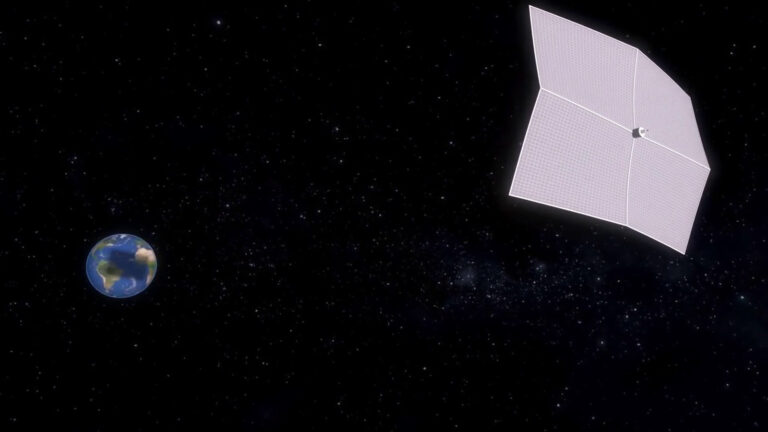
Here, the gravitational forces of the two bodies cancel each other. Theoretically, that means an object would stay put. However, solar radiation pressure pushes objects toward Earth.
“So we have to find the exact spot where the three forces – the two gravitational forces and solar radiation pressure – will balance out to zero. We call that point L1 SRP,” says Rozen.
“If it crosses out of bounds of L1 or L1 SRP, game’s over. It will fall.”
Because several other space missions are already in L1, he says, “we know of a few methods of getting there. That’s the easy part. The hard part is how do we know that we are exactly in the right place?
“This is an issue of navigation. One my students, Moshe Golani, is working on it. We believe that he found a method that can work for us.”
Drifting into space
For the past three decades, Rozen has been helping colleagues unravel the mysteries of the universe in the world’s best playground for particle physicists, the CERN lab in Geneva.
“Three years ago I sort of drifted into space,” he says with a chuckle.
This slight change of direction was ignited by Israeli entrepreneur Eli Yahalom, who “wanted to do something for humanity” and invited Rozen to join a group of researchers thinking up new ideas for combating global warming.
“I thought about this idea of a sunshield and then discovered someone had published this idea in 2006,” Rozen says. “That was actually a good thing. It validated that what I was thinking was in the right direction. I was hooked.”
Dozens of trillions
Scientists in other countries are also noodling ideas for shielding the Earth from the sun’s radiation, “but I believe we picked the simplest one,” Rozen says.
At the Asher Space Research Institute, he is gathering a team of experts from various Technion disciplines — aerospace engineering, industrial management, environmental engineering, materials science – to get Cool Earth off the ground and ensure such an installation causes no damage.
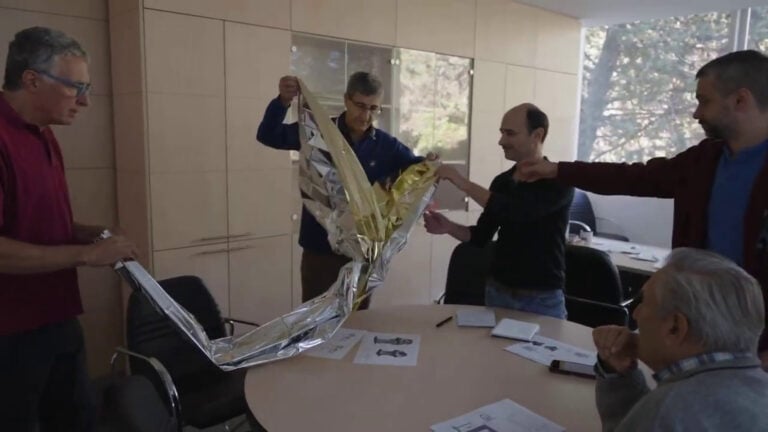
If Cool Earth successfully proves the concept, many countries would have to chip in toward the “dozens of trillions” of dollars that Rozen estimates the global solution will cost.
While he doesn’t think the Technion team alone can save the planet, “we’re going to show that it can be done.”















